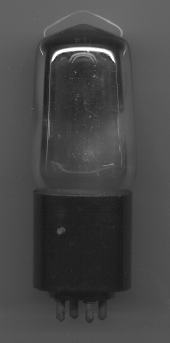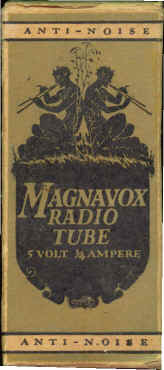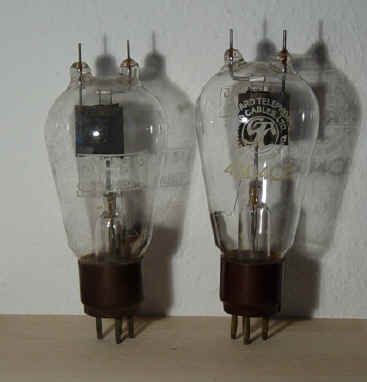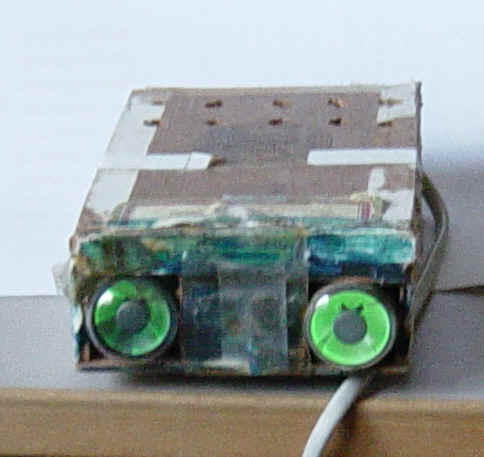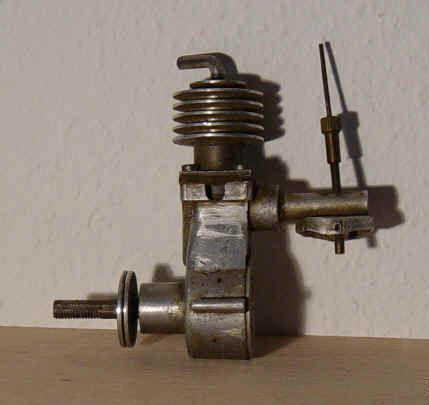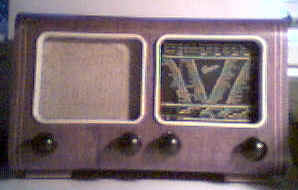 |
This is the one that started it all.
Bought it for about 2$. Took only a few things to make it work. Make: Audiola, type no:US248 |
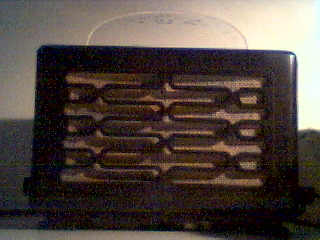 |
Interesting one, I know of three here in
Denmark; I own two of those, but the make is different, although it's basically the same
radio. This is the only one I have seen so far where the vulnerable scale glass on top is
intact. The scale print is unreadable, however. Make: Philips, type no:209U |
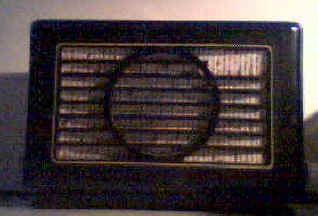 |
Same radio as the Philips above, but
this one is a Pope. Only difference is the grille design. Make:
Pope, type no:RA137U |
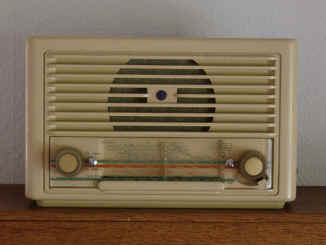 |
Another Pope. Both Pope and Philips
(basically the same brand) were manufactured in Denmark as well as in Holland. The
"RA" in the number indicates that the radio is made in Denmark. This one is
slightly newer than the one above. It is also a bakelite cabinet, but factory painted, so
it is beige. This was the European way to get around the dark bakelite colors. Restored with silicon rectifier (non-functional rectifier tube in socket for looks). Make: Pope, type no: RA324U |
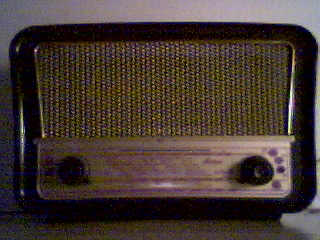 |
A somewhat newer model, this one has FM. Make: Aristona, type no:RA412U-17 |
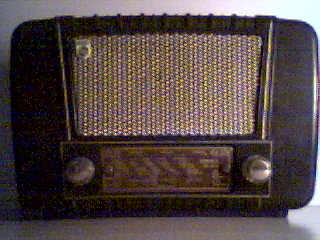 |
Another example of different brand, same
radio. This one is a Philips, but despite different exterior, it is the same radio as the
Aristona above. Make: Philips, type no:BDK243U |
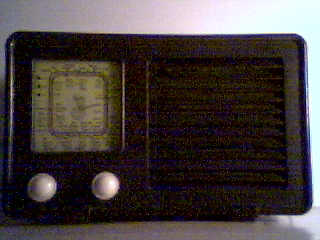 |
A Danish radio manufacturer of the
fifties, Bravour survived into the late sixties, then vanished like most others. Make: Bravour, type no:2056 |
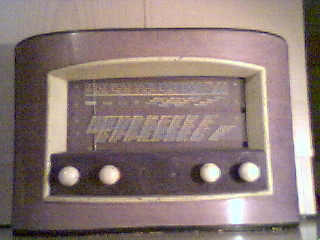 |
Another Danish manufacturer that is no
longer with us, TO-R, Danish for Two R, from the initials of the founder and owner, Rasmus
Rudholt. This radio is newer than its design style suggests. Make:
TO-R, type Mars C1U Tubes: UCH12, UF41, UBC41, UL41, UY41. |
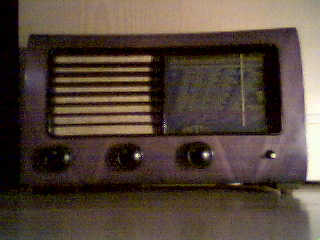 |
Hede Nielsen's Fabrikker A/S in Horsens
made the Herofon, and later Arena radios. It existed into the late sixties, but after a
major fire, the company never got its foothold back in the radio/TV business. The Hede Nielsen company is still going strong, but in an entirely different branch. Make: Herofon, type 630U Tubes: 12K8, 12K7, 12Q7, 35L6, 35Z4. |
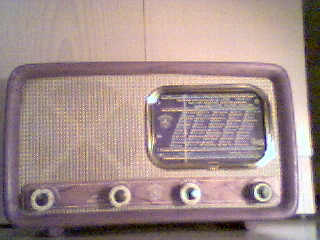 |
About a decade later, a Herofon looked
like this. Now with FM. Radios of this type are still seen in Denmark, you
often see them on flea-markets, and the odd one may still be in use here and there.
Make: Herofon, type Petite Tubes: UCH81, UCC85, UF89, UABC80, UL41. |
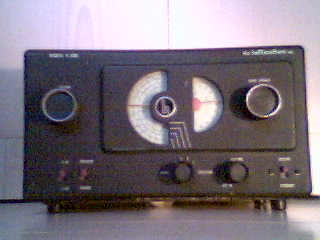 |
As american as apple pie, Hallicrafters
receivers are classic. This model was produced betwee 1947 and 1952. Notice how different
the style is from the European radios. Make: Hallicrafters,
type S-38B. |
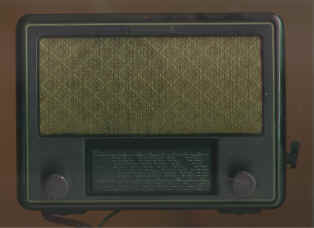 |
Telefunken. German radio, a typical
Eurpean 4-tube construction. Modern machining of chassis, but old 11 series tubes, two of
them steel tubes, a typical immidiate post-war product, using whatever was available. This
radio has been restored sometime along the way by someone with a caring hand. I bought is
at a jumble-sale for 100dkk (appr. 15US$). Make: Telefunken,
type 2B54GWK |
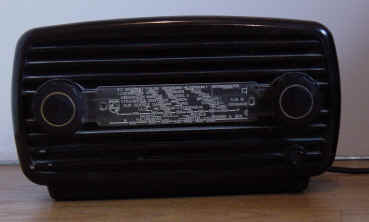 |
Philips. A really compact model, AM with
40 series tubes. A model from just before FM became common in Europe. I bought this
together with another of same model, but in dismal condition (see "basket case"
below). Make: Philips, type BX 190 U/17 |
 |
Philips. Yes,
just now it is the same picture as the one above, and they are almost
identical (need to take photo of the actual unit). However, this is an FM adaptor. Visually it is in virtually mint
condition (scrounched from a container), but I have not tested it
functionally. It has no AF output or speaker, so it must be meant for
connecting to another radio or other amplifier.
I hope to get around to this one. |
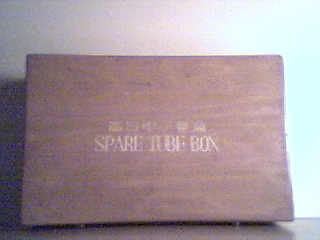 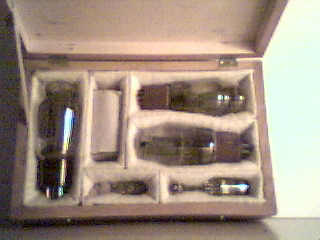 |
The mystery box. This one came with a
radio that was a gift from a friend. But it has nothing to do with the radio. Its a spare
tube set of Chinese origin. The excellent woodwork box contains two 6L6 output penthodes,
a 5Z3 rectifier tube, a small penthode similar to an EF95, and a 6N2 double triode, all of
Chinese make, a small neon lamp, a fuse and a strange tube in a box. The designation of
this is GDB-2, and there is a data sheet with it, in Chinese. I have had it translated,
and the tube turns out to be a photo sensor. So the questions are: - What strange kind of equipment do these parts belong to? -- OK, several people have suggested that this is for the sound system of a movie projector. That makes a lot of sense, so only one enigma remains: - How did this end up in Denmark sometime between 1950 and 1980, when Red China was deep behind the Bamboo Curtain? |
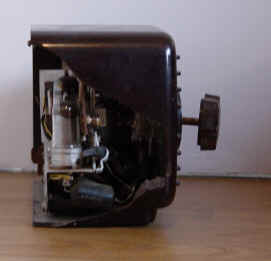 |
The basket
case The wreck of a Philips BX 190 U/17. Cabinet severely damaged, Speaker and other important parts missing, this radio is beyond restoration. Had it been an old, rare specimen, restoration might have been advisable, or just keeping it in its present condition, but as this is not a particular rare radio, it will be just a source of spare parts. C'est la vie! (Or rather, la mort) |
